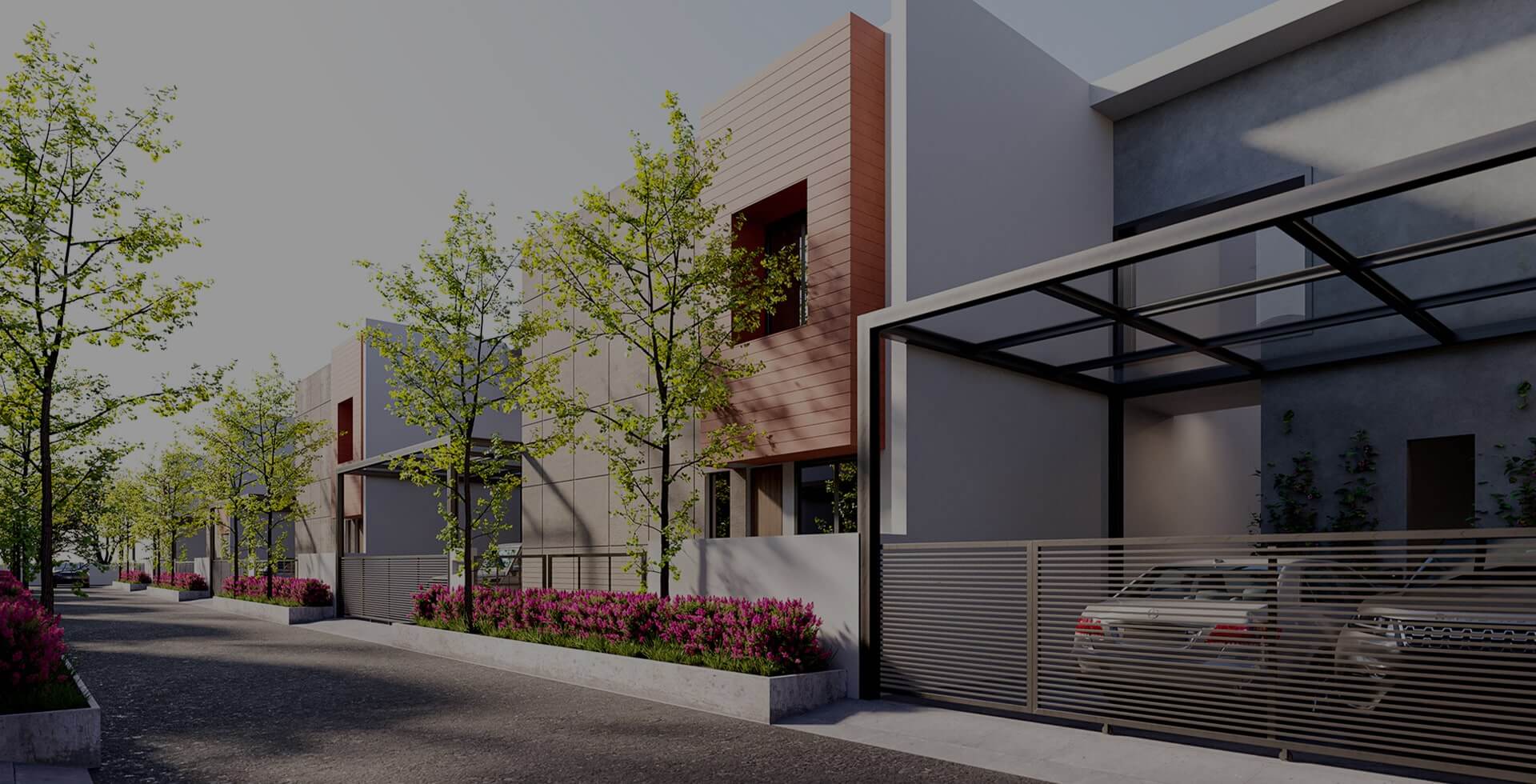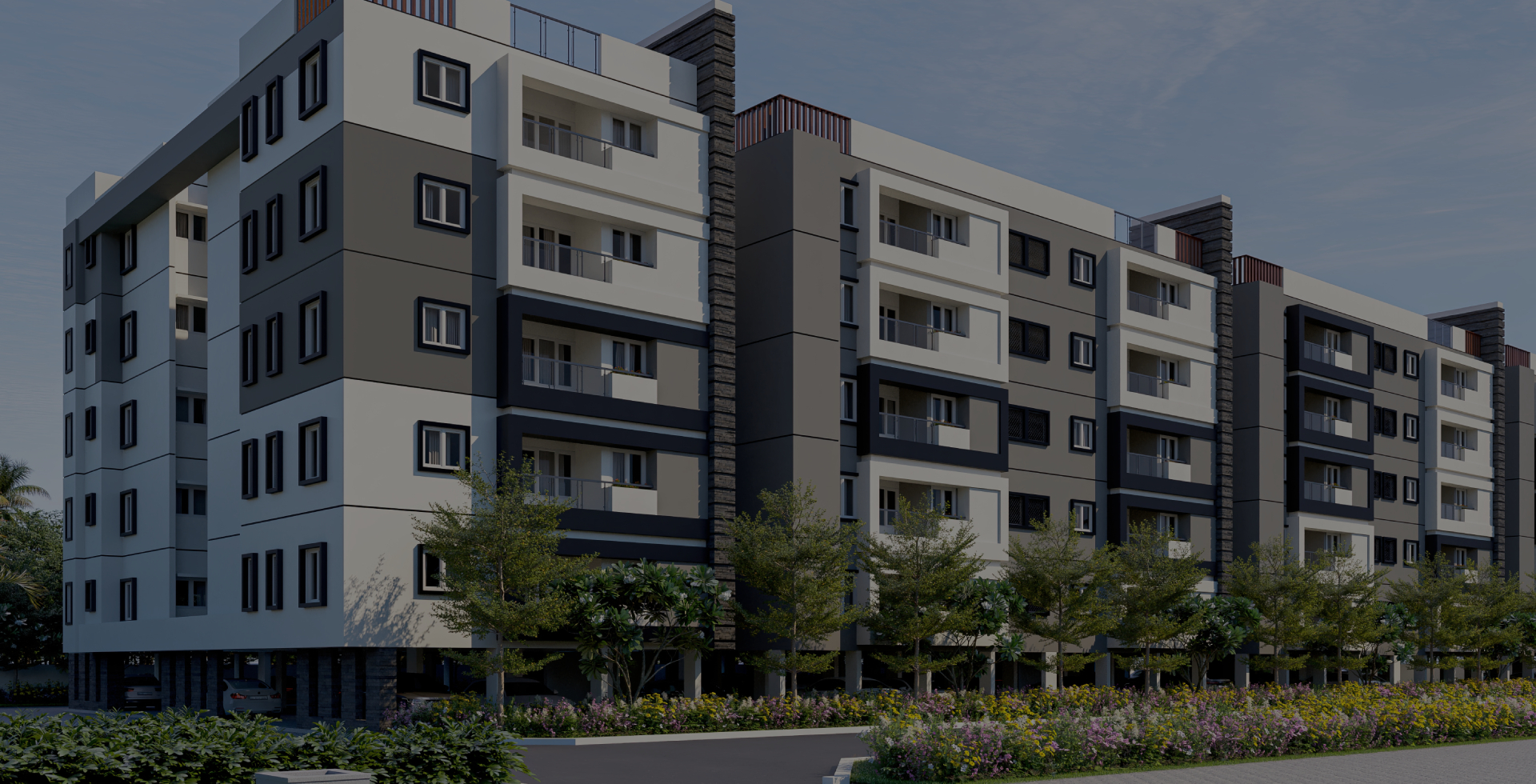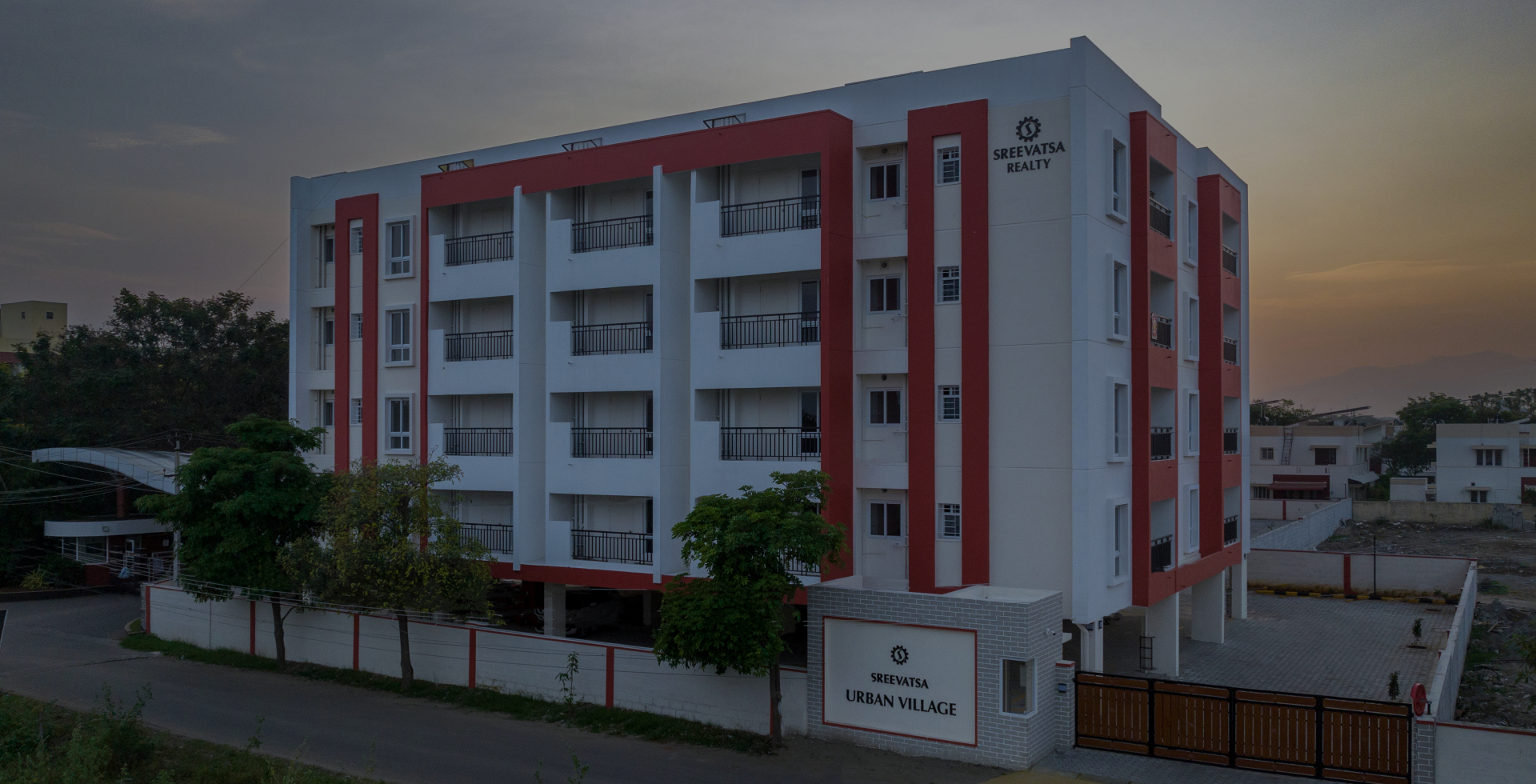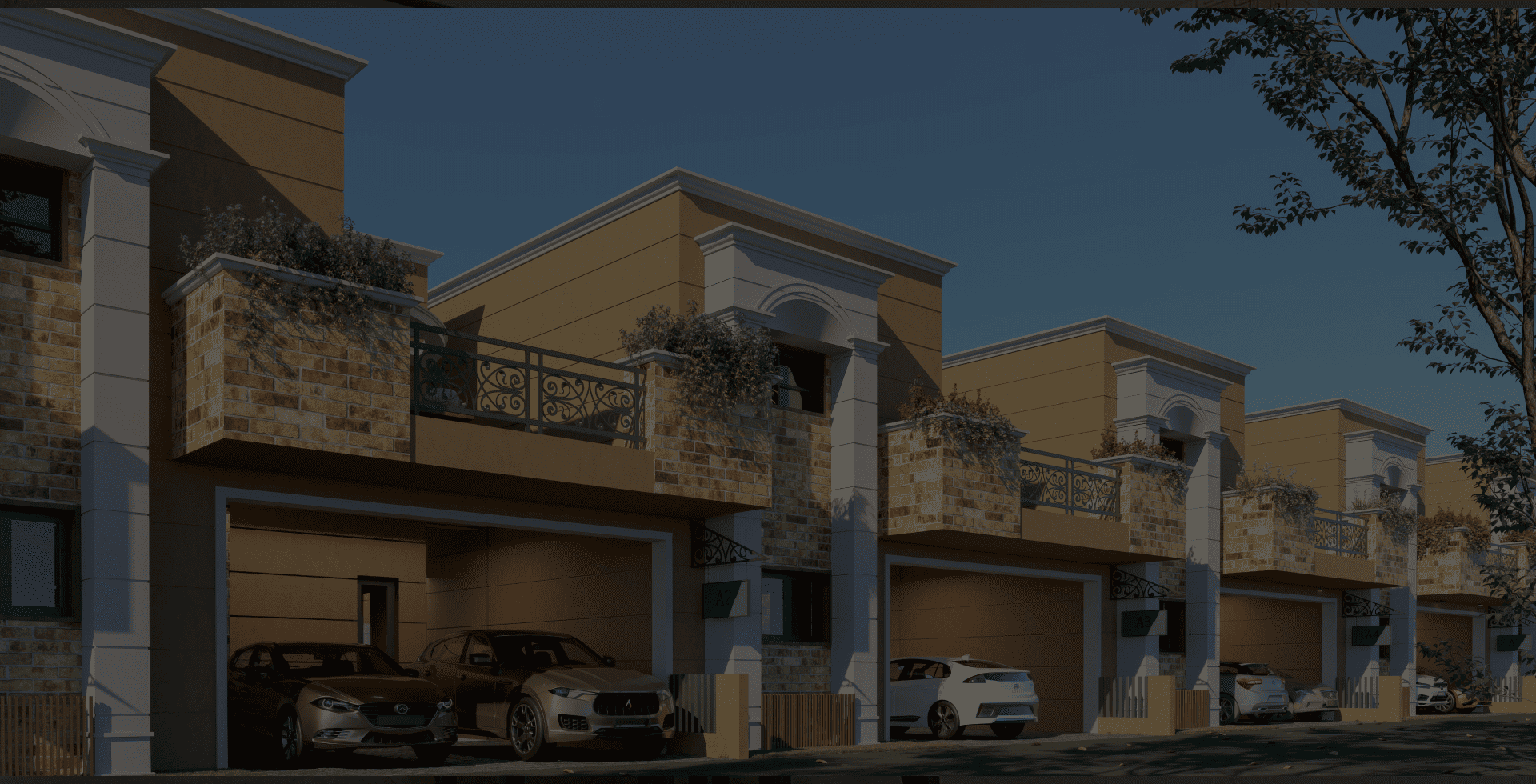The Rise Of Buy-To-Let Properties
The skyrocketing property prices make homeownership out of reach for a large percentage of India’s population. Millennials and Gen Z, in particular, prefer to take property on rent, rather than buying. This has resulted in heightened demand for rental houses, subsequently promoting more realtors to turn towards the buy-to-let model. Buy-to-let properties offers the latest growth avenue for investors and home buyers in the realty portfolio. These can include family rental homes, student accommodation facilities and co-living spaces.Buy-to-let properties are the need of the hour as they can address not only the urban housing woes, but also the affordable housing crisis that India faces today. Additionally, they can narrow the demand-supply gap that exists in the rental housing sphere.Another advantage of the buy-to-let-model is that it is open for disruption. Active involvement of multiple stakeholders is paving the way for tech-based innovation, reimagining and redefining the real estate industry in the country. The surge of co-living arrangements, for example, has added a fresh spin to the traditional shared living concept.
Co-Living; The Future Of Urban Living
Up until a few years ago, the term ‘co-living’ was rarely heard of outside the real estate sector. Today, co-living is looked at as the future of urban living in India and worldwide. Located near business centres and educational institutes, co-living facilitates the housing needs of the young population. A typical co-living setting comes equipped with fully-furnished rooms and offers a host of standard and special amenities, including WiFi and DTH connectivity, access to fitness rooms and games room, and tech-enabled security systems, among others.Moreover, residents can also avail daily meals, housekeeping facilities, laundry and concierge services, and on-demand maintenance support. Co-living is enabling a true plug-and-play experience, allowing people to move in immediately with just their personal belongings.The key highlight of co-living lies in its unconventional approach to utilizing spaces. In most cases, co-living residents share areas like the kitchen, terrace and the lounge. This strategic balancing of private and shared spaces saves both resources and costs, and also facilitates social interactions, group dining and other communal activities.Co-living may be in a nascent stage in India, but it is encouraging more real estate developers and financiers to embrace the buy-to-let model. The residential real estate space is expected to have a positive transformation buoyed by widespread adoption of this trend.





